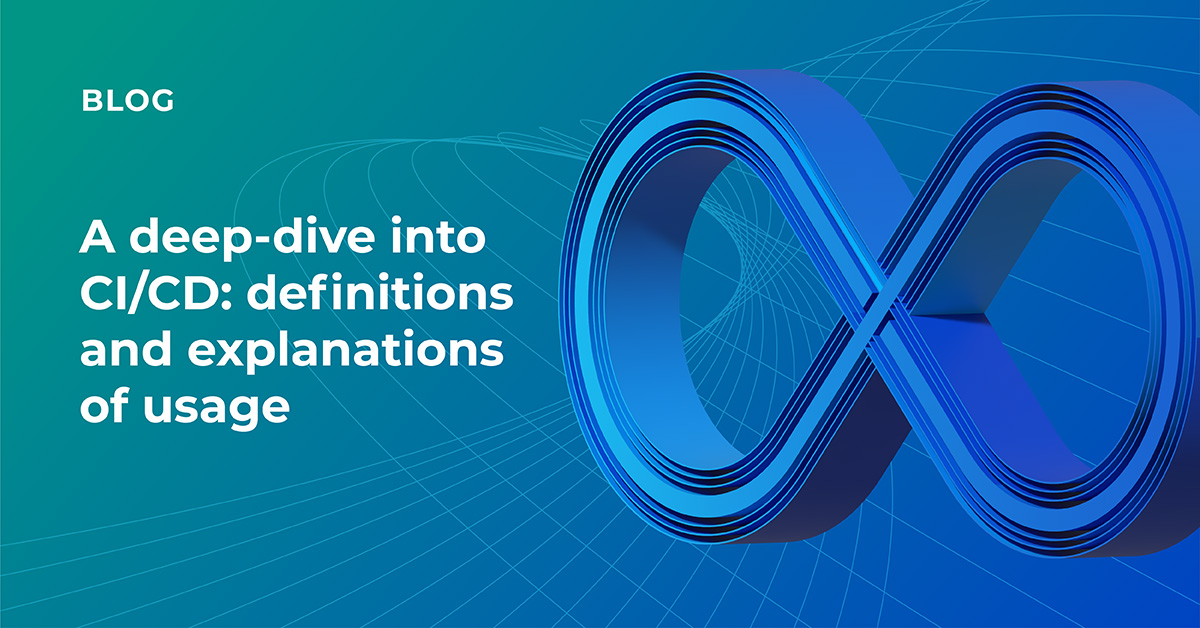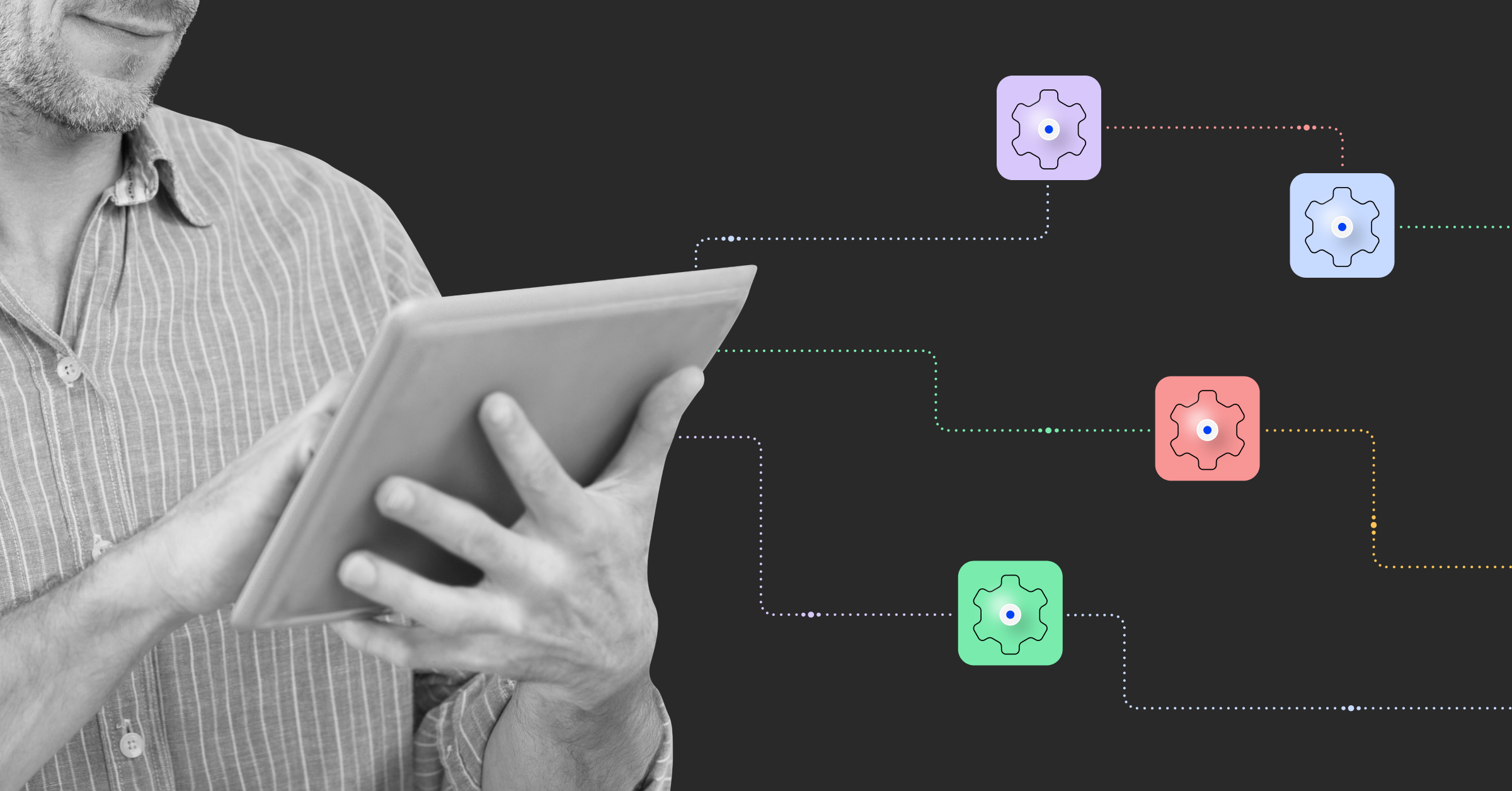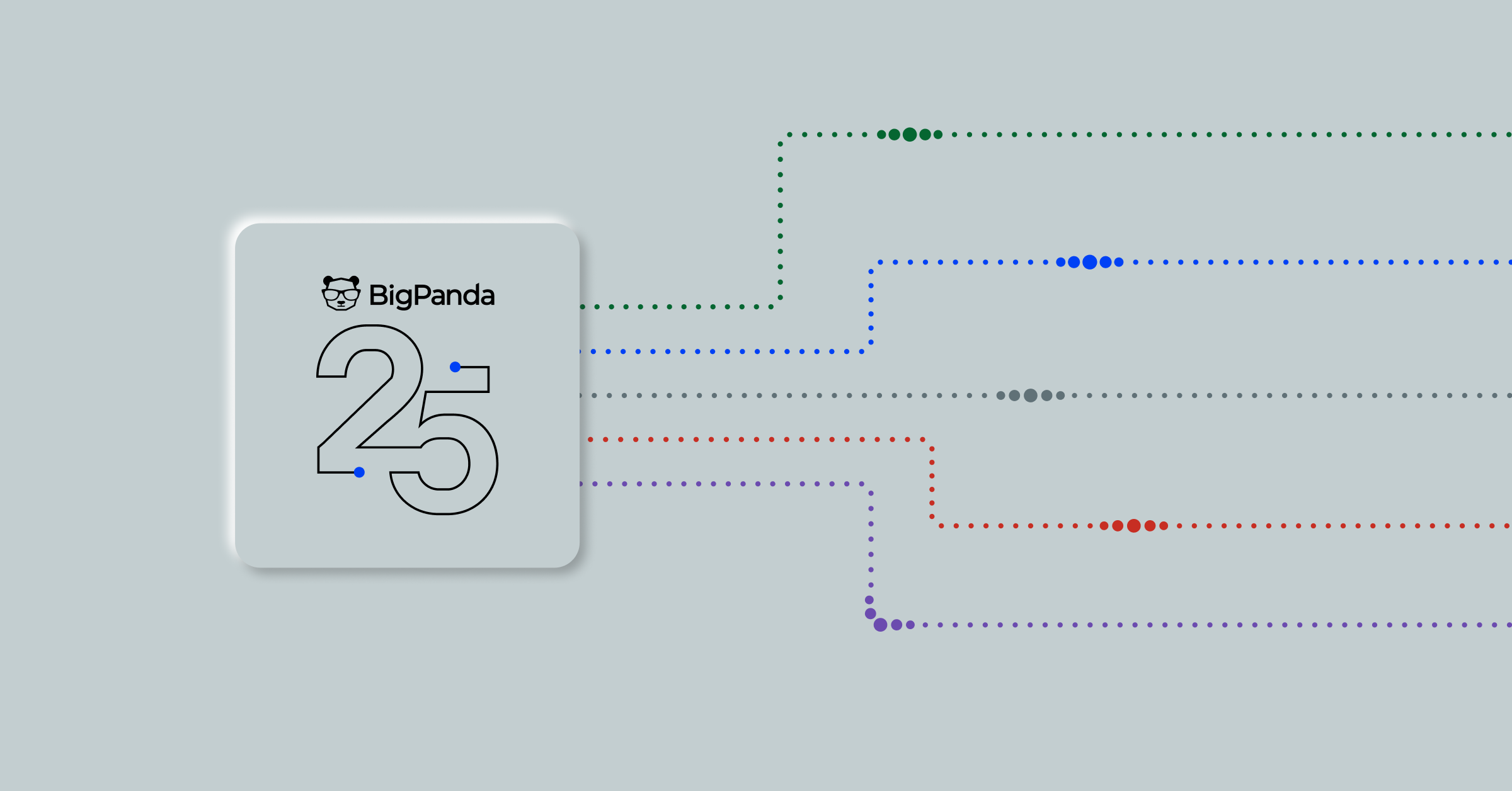A deep-dive into CI/CD: definitions and explanations of usage

Continuous integration and continuous delivery/deployment (CI/CD) pipelines are integral to software development and management nowadays, yet there seems to be a lot of confusion about what CI/CD actually is. In this article, learn about the definitions and explanations of CI/CD, the difference between CI and CD—and the difference between CI/CD and DevOps.
What is CI/CD?
Continuous integration (CI) is the practice of merging code changes into a shared code repository frequently, usually multiple times a day. Continuous delivery (CD) is the practice of automating the software release process so that new code changes can be deployed to production environments quickly and reliably.
The term CI/CD is used to refer to the combined practice of both continuous integration and continuous delivery. When used in this way, CI/CD pipelines represent a complete software development and delivery solution.
What is continuous delivery?
Continuous delivery is the practice of automating the software release process so that new code changes can be deployed to production environments quickly and reliably. In order to achieve this, code changes must first go through an automated build process to ensure that they can be successfully compiled and packaged. Once the build is complete, the code changes are deployed to a staging environment where they can be tested before being pushed to production.
Continuous delivery pipelines typically include various automated tests (such as unit, integration and regression tests) that must be passed before code changes can be deployed to production. This ensures that new code changes do not introduce any unexpected bugs or regressions.
What is continuous integration?
Continuous integration is the practice of merging all developer working copies with a shared mainline several times a day. This practice enables developers to detect and fix software defects early, before they can cause major problems.
In order to facilitate continuous integration, developers typically work on small code changes that are easy to merge. These code changes are then checked into the shared repository, where they can be automatically built and tested. Any errors that are found during the build or testing process must be fixed before the code changes can be merged into the main development branch.
Continuous integration pipelines typically include a number of automated tests that are run on every new software version release. These tests can range from simple unit tests to complex functional tests. The goal of continuous integration is to provide feedback to developers as early as possible so that they can fix any errors before they become a problem in the production code.
What is the difference between CI and CD?
The main difference between CI and CD is that CI focuses on automating the software build process while CD focuses on automating the software release process. However, both practices aim to improve the speed and quality of software development by making it easier to detect and fix errors early.
For example, consider a situation where a developer makes a change to the code and then checks it into the shared repository. With CI, the code change will go through an automated build process to ensure that it can be successfully compiled and packaged. With CD, the code change will also be deployed to a staging environment so that it can be tested before being pushed to production.
What is the difference between CI/CD and DevOps?
CI/CD pipelines are often used in conjunction with DevOps practices. DevOps is a culture and set of practices that aims to improve the speed and quality of software development by automating various aspects of the software development and delivery process.
While CI/CD pipelines focus on automating the software build and release process, DevOps practices also include other aspects of software development, such as application monitoring, security and performance optimization.
For example, a team that uses DevOps practices might continuously monitor their application for errors and performance issues. They would then use this information to quickly fix any problems that are found.
In summary, CI/CD pipelines provide a complete solution for automating the software development and delivery process, while DevOps enables a more streamlined and efficient way to manage these pipelines as a result of automation.
To learn more about BigPanda integrated with ServiceNow, click here.




